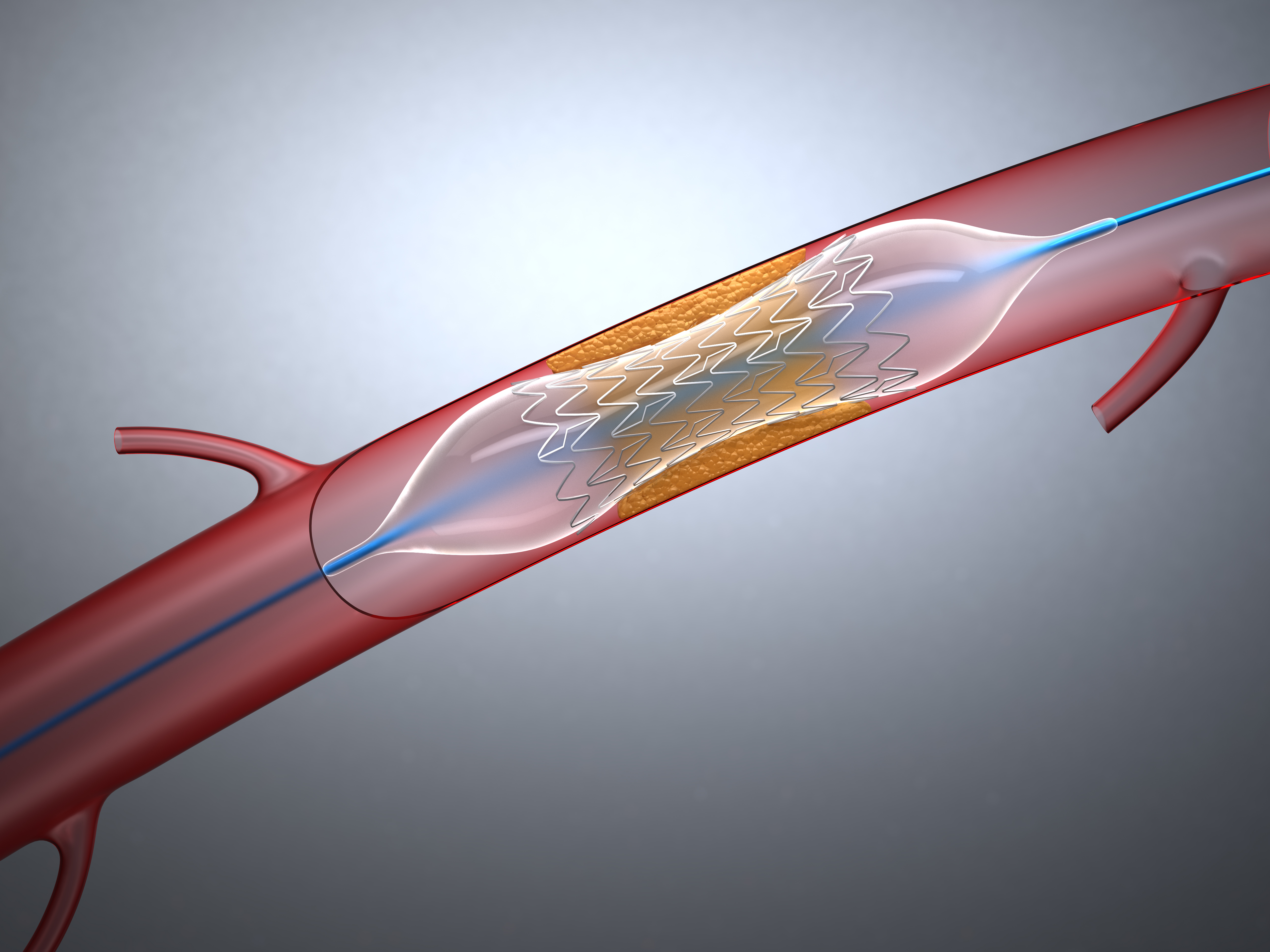
Physiologically-guided percutaneous coronary intervention (PCI) lowered the proportion of patients with lower residual fractional flow reserve (FFR), but failed to increase those with higher FFR, new research presented at Transcatheter Cardiovascular Therapeutics (TCT) 2020 suggests.
Researchers for the TARGET FFR trial, a single-center, randomized controlled study of 260 patients who underwent angiographically successful PCI and were randomly assigned (1:1) to receive either physiology-guided incremental optimization strategy (PIOS intervention group, n=131) or blinded post-PCI coronary physiology measurements (n=129). The primary endpoint of interest was the proportion of patients with a final post-PCI FFR of ≥0.90. A key secondary endpoint was the proportion of patients with FFR at or below 0.80.
According to the study results, the proportion of patients with final FFR ≥0.90 was higher in the PIOS intervention group than in the control group, but the difference was not statistically significant (38.1% vs. 28.1%, respectively; P=0.099). The proportion of patients with final FFR ≤0.80, however, was lower in the intervention group compared with controls, and the difference was statistically significant (18.6% vs. 29.8%; P=0.045). Targets for further optimization were present in 60 of 131 (46%) patients receiving PIOS, and practitioners went on to perform additional post-dilatation +/- stenting in 66% of those patients (40 of 60). IN those with additional intervention/optimization, mean post-PCI FFR increased significantly from 0.76 to 0.82 (P<0.001) and coronary flow reserved increased as well (from 3.0 to 4.0; P=0.02).
“When assessing the proposed optimal post-PCI FFR cutoff value of ≥0.90, we found that the majority of patients with angiographically acceptable PCI results actually have a physiologically suboptimal outcome,” said Damien Collison, MD, study co-author and interventional cardiologist at the Golden Jubilee National Hospital, Glasgow, Scotland, in a press release. “Up to 30% of patients may even have a final FFR result that remains below the guideline-directed threshold for performing revascularization in the first place. In our randomized controlled trial, application of an FFR-guided optimization strategy after stenting led to improvements in both FFR and coronary flow reserve and significantly reduced the proportion of patients with a final post-PCI FFR ≤0.80.”
Collison D. Physiology-Guided Optimization of PCI: A Randomized Controlled Trial. Presented at TCT 2020.







 © 2025 Mashup Media, LLC, a Formedics Property. All Rights Reserved.
© 2025 Mashup Media, LLC, a Formedics Property. All Rights Reserved.